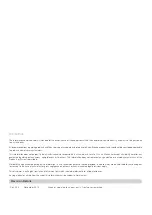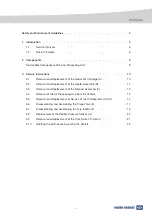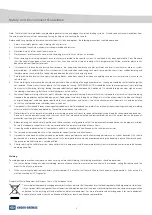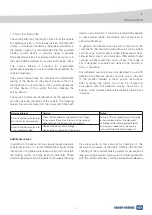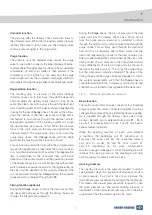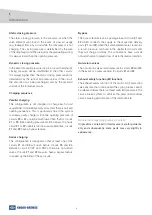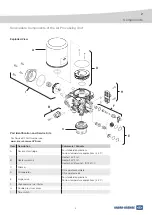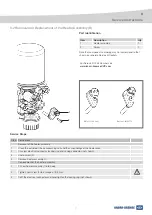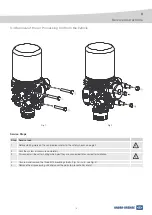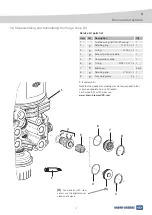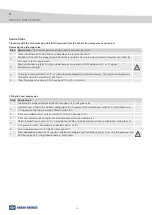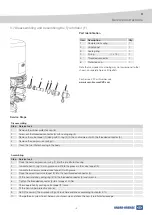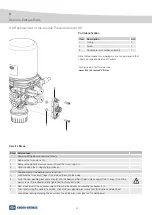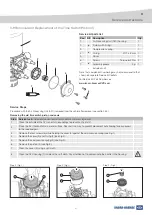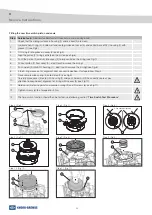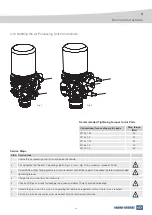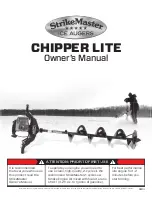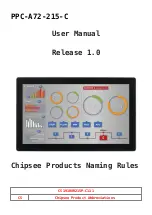
8
Introduction
1
Static closing pressure
The static closing pressure is the pressure at which the
valve element will close in the event of slow air usage
(e.g. leakage) from any circuit while the compressor is not
charging. The closing pressure is determined by the area
of the diaphragm and the preload of the graduating spring.
It is always lower than the opening pressure.
Dynamic closing pressure
In the event of a rapid pressure drop in a circuit, the dynamic
closing pressure will be maintained in the other circuits.
It is always higher than the static closing pressure and is
determined by the rate of air pressure loss in the circuit,
the amount of air being recharged and by the reservoir
volume of the individual circuits.
Charging sequence
Parallel charging
This configuration is not designed to charge each circuit
sequentially. In an initially empty air system there is no fixed
opening sequence. This is particularly true if the system
is already partly charged since the opening pressure of
circuits
23
or
24
could be much lower than that for circuits
21
or
22
. (See opening pressure section above). To ensure
circuit
21
or
22
open first and in a reasonable time, circuits
21
and
22
have a bypass feature.
Series charging
This configuration is designed so that at least one of the
circuits
21
and
22
will open before circuits
23
and
24
.
Between circuit 21/22 and 23/24 there are non-return
valves. Circuits
21
and
22
may also have a bypass feature
to speed up the filling of these circuits.
Bypass
The bypass feature is an air passage in each circuit
21
and
22
which connects the supply to the respective delivery
ports (
21
and
22
) when their valve elements are closed. As
a result, pressure can build in the unaffected circuits and
they will charge normally. The connections have a small
non-return valve to prevent loss of air in the reverse direction.
Non-return valves
The non-return valves retain pressure in circuits
23
and
24
in the event of a pressure drop in circuits
21
and
22
.
Exhaust safety function (EC function)
The exhaust safety function of the multi-circuit protection
valve ensures that once applied the spring brakes cannot
be released unless there is at least sufficient pressure in the
service brake system to achieve the prescribed residual
service braking performance of the laden vehicle.
General note regarding graphical content
All graphics contained in this document are for guidance
only and subsequently some parts may vary slightly in
appearance.


